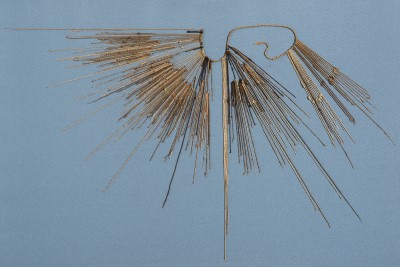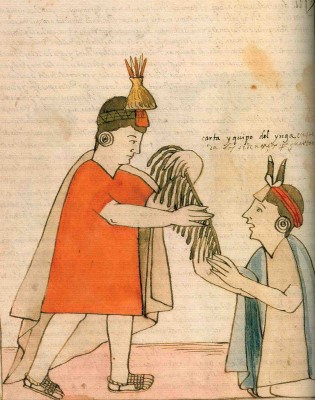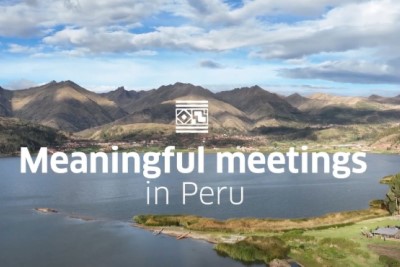LATAM NEWS
Google and the Museo de Arte de Lima present the virtual exhibition “Guardians of the Khipus”

Credit: Lima Museum of Art
Google Arts & Culture and the Museo de Arte de Lima (MALI) are offering an opportunity to get to know the khipus, those colourful and enigmatic knotted ropes and one of the great mysteries of Inca culture, through the virtual exhibition “Guardians of the Khipus”.
“At Google, we believe that history still has much to teach us, and one of them is the indigenous peoples who inhabited Latin America and left us countless treasures, many of which are still waiting to be discovered,” the company explains.
Khipu, which means “knot” in Quechua, is the name given to the colourful and enigmatic knotted ropes made by the Incas of pre-Columbian America, which to this day remain an “enigma to decipher”.
Approximately 1,000 khipus are still preserved today and can be found in private collections and museums around the world.
About 85% of them contain knots representing numbers. However, the knots of the remaining 15% are thought to be a form of writing without words or paper, which speak, in code, of secret stories whose meaning researchers are still trying to discover.

Quipucamayoc, accountant of the Inca Empire, reading a Khipu (Credit: Museo de Arte de Lima)
What secrets do these age-old knots hide in their colours and wefts? What messages did the Incas leave in these strange cords that speak to the echoes of time? These are some of the questions that this exhibition tries to answer.
“This is the world’s first online exhibition on Khipus and it will be available for anyone, anywhere to explore via the Google platform,” said Chance Coughenour, head of preservation at Google Arts & Culture. “By helping to digitise and preserve this cultural heritage online, we can support experts in their efforts to decode it, and help spread Peruvian culture around the world,” he said.
Edgardo Frías, general manager of Google Chile and Peru, said that “it is an honour for the Google team to have worked in collaboration with MALI. The digitisation of these mysterious knotted ropes marks the starting point of a journey that is just beginning. This is an active collaboration between scientists, historians, researchers and Google, which is making all its technology available to them so that they can do their work. They are not alone in this challenge, and we are proud to join them in this quest.
“The collaboration with Google has allowed us to make khipus from different collections available on a single platform, thus broadening access to our heritage and presenting the community with the advances made in deciphering this coding system,” concluded Pilar Ríos, head of collections at MALI, Museo de Arte de Lima.
Sources: E.C.E., El Heraldo Austral et Google Arts & Culture
RECENT POSTS

Montevideo, New Headquarters of the Tourism Law Observatory for Latin America and the Caribbean
LATAM NEWS Montevideo, New Headquarters of the Tourism Law Observatory for Latin America and the CaribbeanMontevideo, the capital of Uruguay, has been designated as the headquarters of the Tourism Law Observatory for Latin America and the Caribbean, an initiative...

“Meaningful Meetings in Peru 2024”: A New Era for Meeting Tourism
LATAM NEWS “Meaningful Meetings in Peru 2024”: A New Era for Meeting Tourism Peru's Export and Tourism Promotion Agency (PROMPERÚ) recently launched its ‘Meaningful Meetings in Peru 2024’ campaign. This initiative aims to position Peru as a destination of...

Launch of the ‘Honduras, Naturalmente Tuya’ Brand: A Hymn to Beauty and Diversity
LATAM NEWS Launch of the ‘Honduras, Naturalmente Tuya’ Brand: A Hymn to Beauty and Diversity The Honduran Tourism Institute (IHT) officially launched its new tourism brand, ‘Honduras, Naturalmente Tuya’, at a spectacular event held at Tegucigalpa's Manuel Bonilla...


